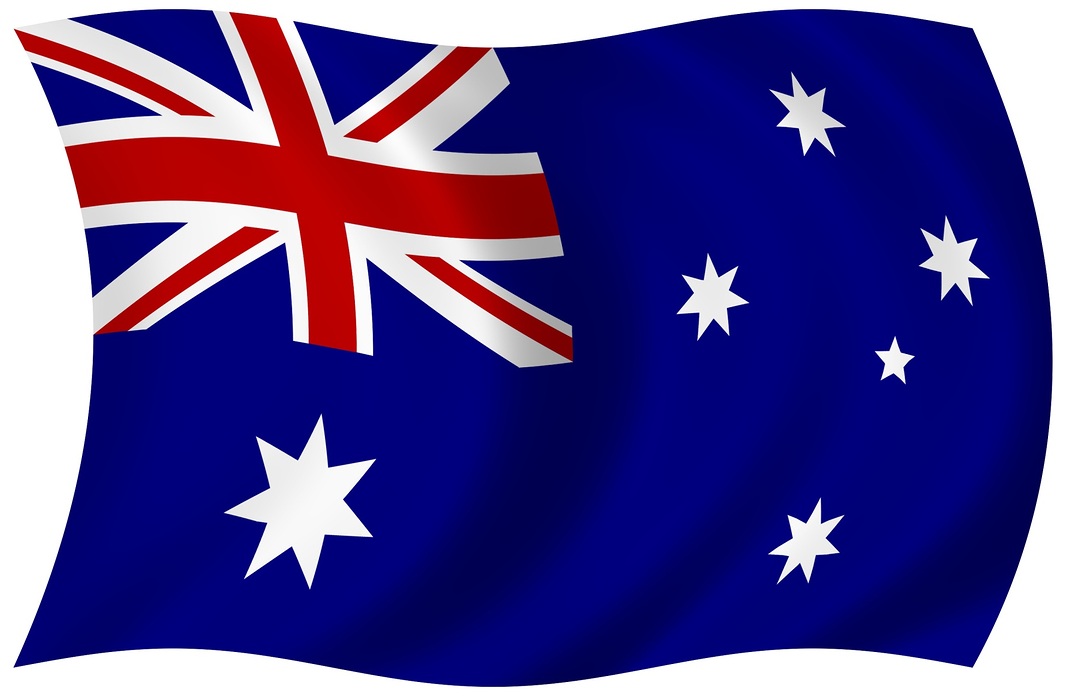by Palesa Sansole, WTP Advisors
———-
Blinders restrict a horse’s rear vision, ensuring it remains focused straight ahead. A partner I once worked with at one of the Big 4 firms stressed the importance of maintaining peripheral vision when navigating tax matters. This advice resonates with me, particularly when considering the interconnectedness of transfer pricing, Pillar 2, and tariffs. Specializing in areas like international tax or transfer pricing is valuable, but it’s essential to remain aware of the broader implications that other parts of the business may have.
Tariffs and customs duties, for example, are not classified as covered taxes under the GloBE Rules enshrined in the OECD’s Pillar 2 minimum tax. As specified in Article 4.2 of the GloBE Rules, covered taxes primarily relate to income or profit taxes, leaving tariffs and customs duties outside this definition. Since tariffs are excluded from the Effective Tax Rate (ETR) calculation, Multinational Companies (MNCs) receive no ETR Pillar 2 credit for incurring tariffs, despite their status as a form of tax.
Tax professionals have already explored the impact of tariffs and transfer pricing, particularly in the context of transactions for the sale of goods between related parties. MNCs are being encouraged to adopt planning strategies such as adjusting transfer prices, though this may draw increased scrutiny from tax authorities in the jurisdiction selling the goods; disaggregating components of sales of manufactured goods and unrelated services to reduce the tariff value; or restructuring supply chains to import from countries not subject to tariffs.
Regardless of the outcome, close coordination among professionals in each area of tax expertise is recommended.





Leave a Reply